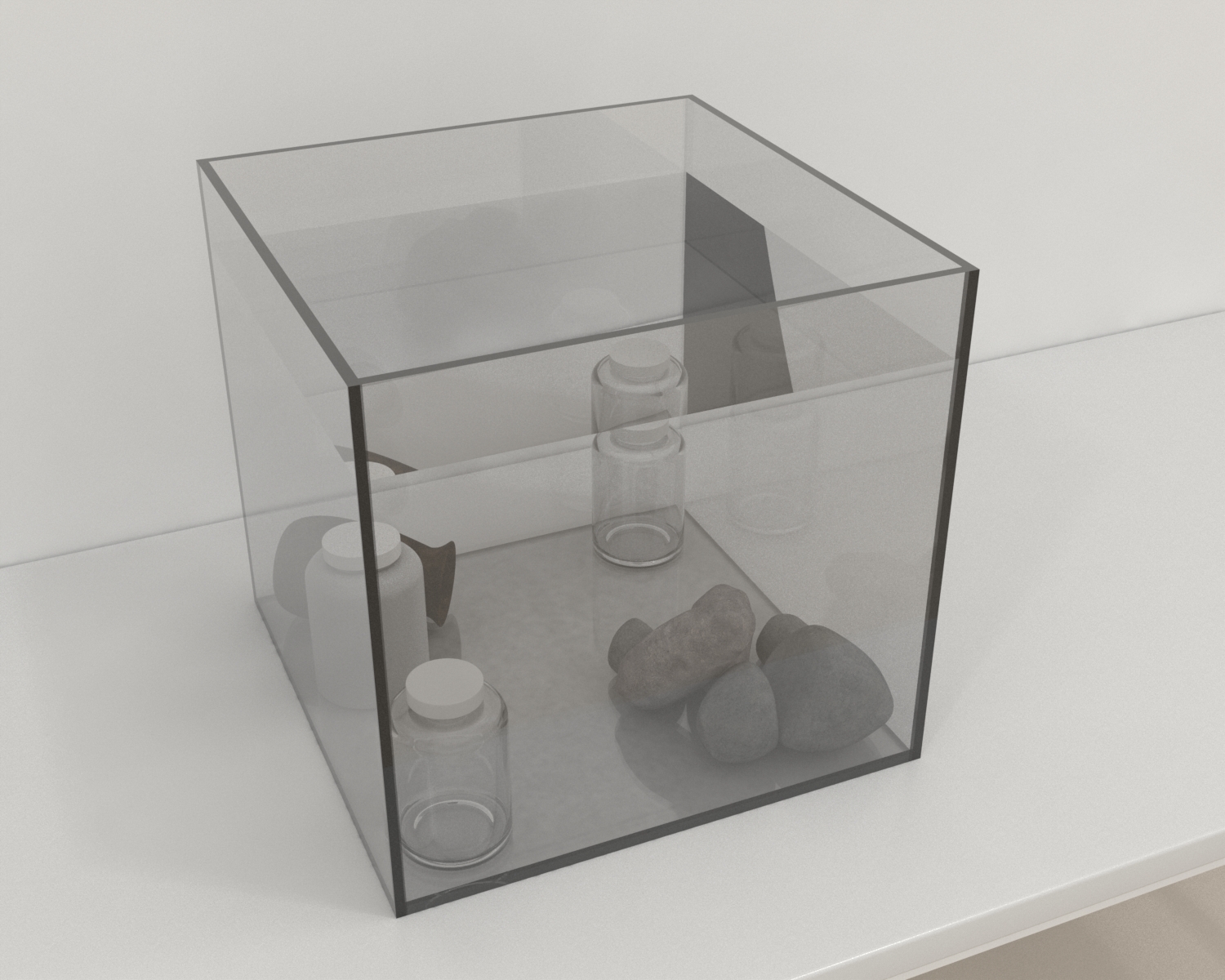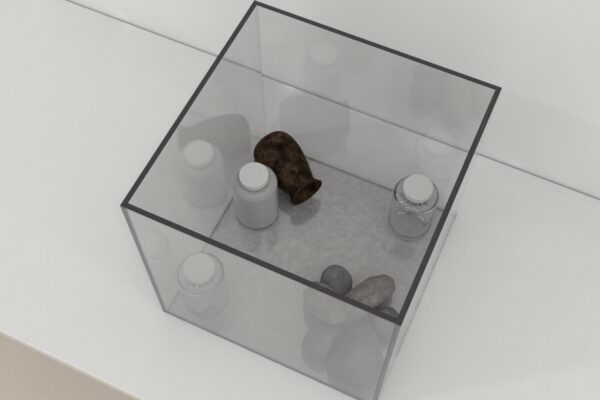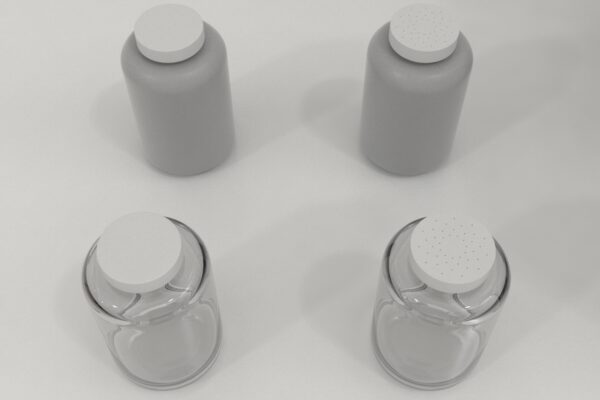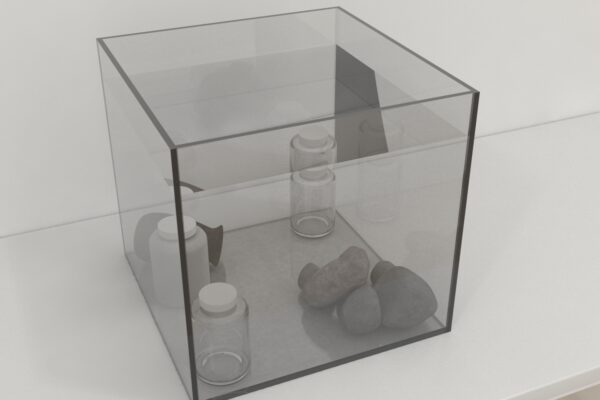The Food Preference Test is used to study food preference behaviors in octopuses. The test identifies an octopus’s food preferences and then analyzes whether it can locate its favorite food in five problem-solving tasks.
The Food Preference Test is performed in a large fiberglass tank measuring 50 cm × 50 cm × 50 cm. The tank can be filled with enrichment objects such as rocks or amphora to serve as a den. Different jars are used during problem-solving tasks, such as transparent or blind jars, which allow or prevent visual cues. Moreover, the jars’ lids can either be sealed or perforated to allow or prevent chemical cues from being presented.
Maze Engineers offer the Food Preference Test





